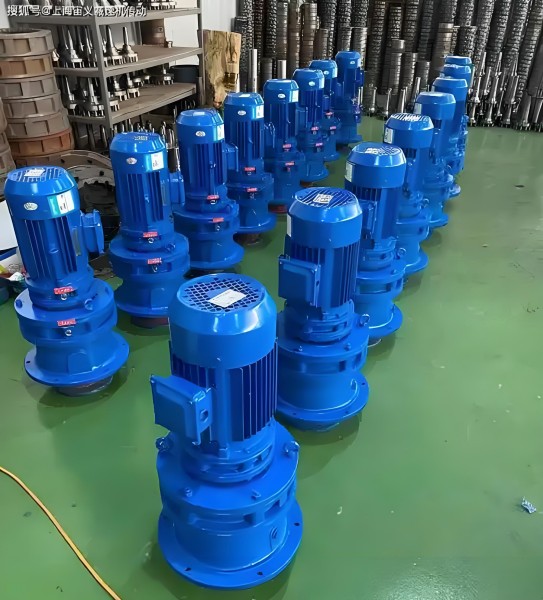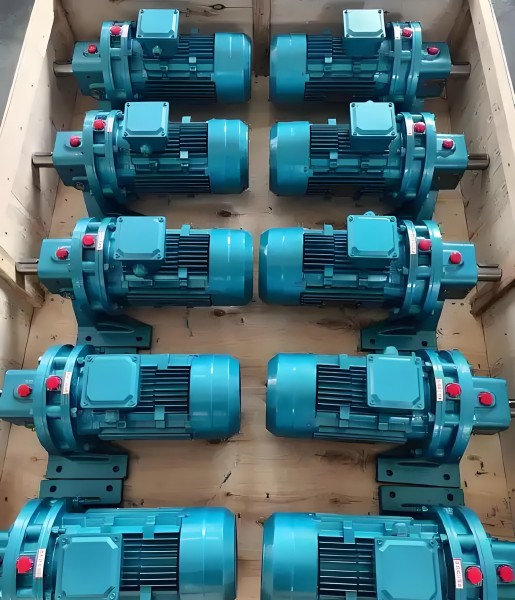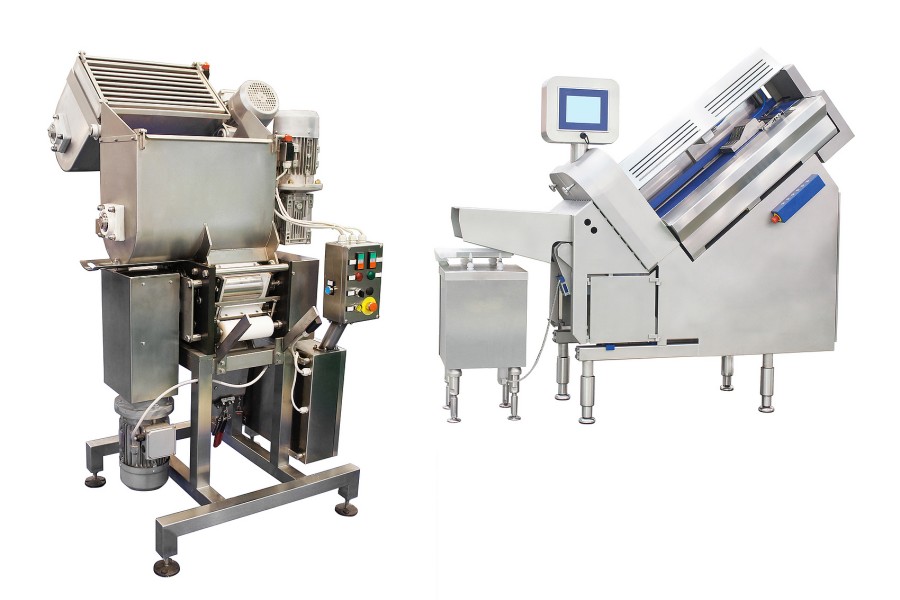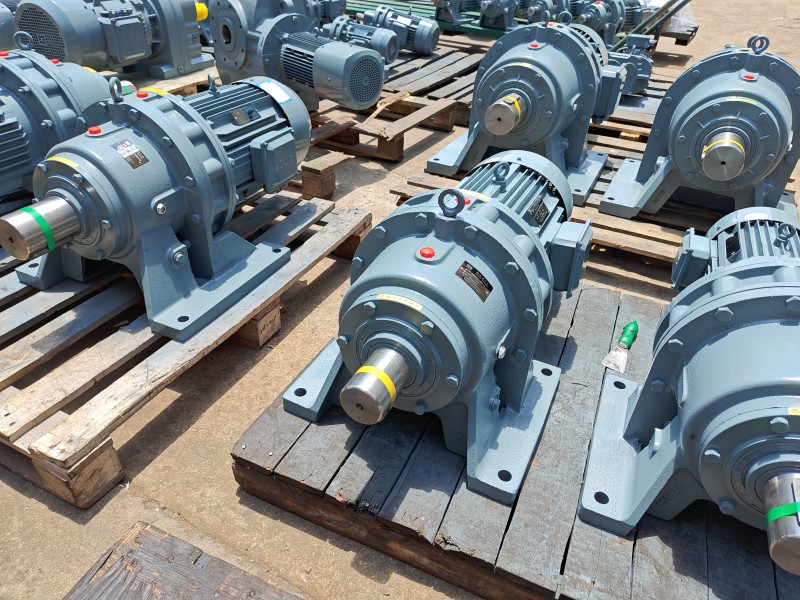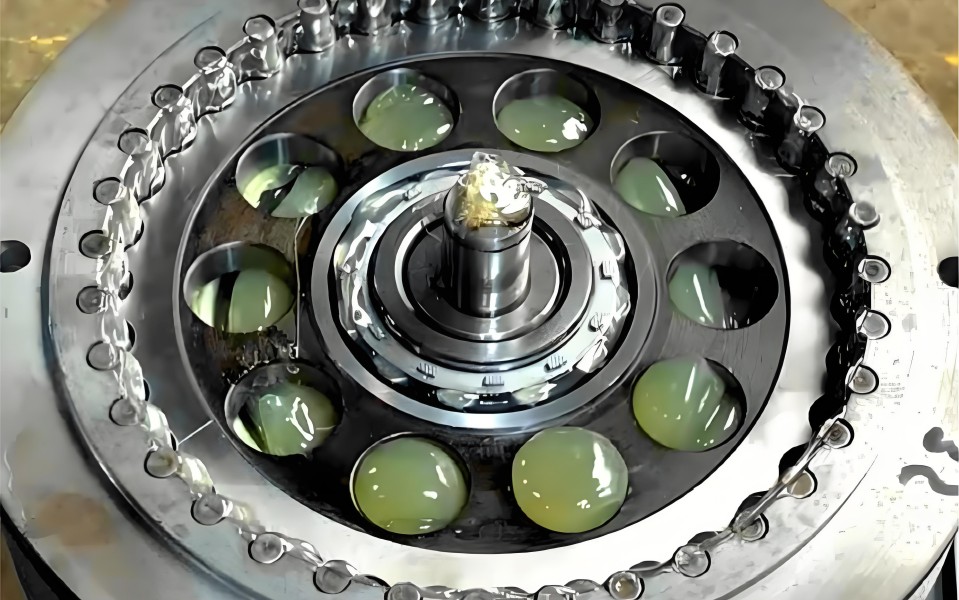Cycloidal Reducer in Mixers: Revolutionizing Industrial Mixing Efficiency
Cycloidal reducers have become indispensable in the mixer industry, offering unmatched performance and reliability across various applications. Known for their robust design and exceptional efficiency, these reducers optimize mixing processes in industries ranging from food processing to sewage treatment. This article explores the key advantages of cycloidal reducers, their diverse applications, and essential maintenance practices to ensure long-lasting performance.
Why Cycloidal Reducers Excel in Mixing Applications
Cycloidal reducers stand out in the mixer industry due to their unique design and operational benefits. These components deliver superior performance, making them a top choice for industrial mixing equipment. Below are the primary advantages that set cycloidal reducers apart.
![Why Cycloidal Reducers Excel in Mixing Applications Why Cycloidal Reducers Excel in Mixing Applications]()
High Transmission Ratio for Versatile Speed Control
Cycloidal reducers offer a single-stage transmission ratio ranging from 9 to 87, enabling precise control over mixing speeds. For applications requiring even greater ratios, multi-stage configurations provide enhanced flexibility. This adaptability ensures mixers can handle a wide range of materials, from low-viscosity liquids to thick pastes, with optimal efficiency.
Compact Design for Space-Saving Installation
Utilizing a planetary transmission principle, cycloidal reducers boast a compact and lightweight structure. This design minimizes the footprint of mixing equipment, allowing for easy integration into space-constrained environments. Manufacturers benefit from simplified installation processes and the ability to position mixers in various configurations without compromising performance.
Smooth and Quiet Operation for Consistent Mixing
The cycloidal-pinwheel meshing system features multiple teeth and high coincidence, resulting in minimal vibration and noise during operation. This smooth performance ensures stable power delivery, which is critical for achieving uniform mixing results. Industries prioritizing precision, such as food production, rely on this feature to maintain product quality.
![Cycloidal Reducer Cycloidal Reducer]()
Robust Load-Bearing Capacity for Heavy-Duty Tasks
Cycloidal reducers are engineered to withstand significant loads, thanks to low tooth surface contact stress and high tooth root bending strength. This durability allows them to handle fluctuating loads in mixers, accommodating diverse materials without risking overload or damage. Their resilience makes them ideal for demanding industrial applications.
Extended Service Life with Minimal Maintenance
Constructed from high-quality alloy steel and subjected to quenching treatment, cycloidal reducers offer excellent wear resistance. Combined with effective lubrication, these components experience reduced wear, leading to a prolonged service life. This durability translates to lower maintenance costs and reduced downtime, enhancing overall operational efficiency.
Key Applications of Cycloidal Reducers in the Mixer Industry
Cycloidal reducers are versatile, supporting a wide range of mixing tasks across multiple industries. Their ability to deliver reliable power and adapt to challenging conditions makes them a preferred choice for various applications. Below are some of the most common scenarios where cycloidal reducers shine.
![Applications of Cycloidal Reducer Applications of Cycloidal Reducer]()
Food Processing: Ensuring Hygiene and Precision
In food processing, mixers must operate smoothly and quietly to meet stringent hygiene and quality standards. Cycloidal reducers excel in this environment, providing stable power for tasks like mixing cake batter, boiling jams, or blending sauces. Their low noise output and consistent performance help maintain product integrity, ensuring compliance with food safety regulations.
Chemical Production: Tackling High-Viscosity Materials
Chemical mixers often handle high-viscosity substances, such as paints, resins, and adhesives, which require robust equipment. Cycloidal reducers deliver the high torque and load-bearing capacity needed for these demanding tasks. Their efficient power transmission ensures thorough mixing, improving product consistency and reducing processing times.
![Cycloidal Reducers in the Mixer Industry Cycloidal Reducers in the Mixer Industry]()
Building Materials: Enhancing Durability in Harsh Environments
The production of building materials, such as concrete and mortar, involves harsh operating conditions and heavy loads. Cycloidal reducers provide reliable power in these environments, ensuring uniform mixing and high-quality outputs. Their compact design and durability make them ideal for construction sites where space and reliability are critical.
Sewage Treatment: Streamlining Sludge and Reagent Mixing
Sewage treatment plants rely on mixers to blend sludge, reagents, and other materials effectively. Cycloidal reducers support these processes with their compact structure and low maintenance requirements. By delivering consistent power and simplifying upkeep, they enhance the efficiency and reliability of wastewater treatment systems.
Best Practices for Maintaining Cycloidal Reducers
To maximize the performance and lifespan of cycloidal reducers, regular maintenance is essential. Proper care ensures these components continue to operate efficiently, minimizing downtime and repair costs. Below are key maintenance practices for keeping cycloidal reducers in top condition.
![Maintaining Cycloidal Reducer Maintaining Cycloidal Reducer]()
Daily Maintenance: Monitoring Performance
Routine checks are crucial for identifying potential issues early. Operators should regularly listen for abnormal sounds, such as grinding or rattling, and inspect for unusual vibrations. Monitoring the reducer’s temperature is also vital, as it should not exceed 80°C during operation. If anomalies are detected, halting the equipment for inspection prevents further damage.
Additionally, checking the tightness of connection bolts between the reducer, motor, and mixer is essential. Loose bolts can compromise stability, so tightening them promptly ensures secure operation.
Regular Maintenance: Ensuring Long-Term Reliability
Periodic maintenance tasks are critical for sustaining the performance of cycloidal reducers. These activities focus on lubrication, cleaning, and component inspections to prevent wear and tear.
Lubrication: Replacing Oil for Optimal Performance
Lubricating oil plays a vital role in reducing friction and wear in cycloidal reducers. Manufacturers typically recommend replacing the oil after 200–300 hours of operation for new reducers, followed by changes every 3,000–6,000 hours. When replacing oil, drain the old lubricant completely, clean the oil tank and gears with a specialized cleaning agent, and refill with high-quality oil that meets the reducer’s specifications.
![maintenance for cycloidal reducer maintenance for cycloidal reducer]()
Cleaning: Maintaining Heat Dissipation
Dust, oil, and debris can accumulate on the reducer’s exterior, hindering heat dissipation and affecting performance. Regularly cleaning the housing with a dry cloth or compressed air keeps the reducer in optimal condition. Avoid using water or allowing impurities to enter the reducer’s interior, as this can cause damage.
Component Inspections: Checking Gears and Bearings
Every six to twelve months, inspect the reducer’s gears and bearings for signs of wear, such as cracks, spalling, or excessive clearance. If defects are found, replace the affected components immediately to prevent operational failures. Regular inspections ensure the reducer continues to deliver reliable performance.
Seal Integrity: Preventing Lubricant Leaks
Seals, such as oil seals and sealing rings, prevent lubricant leakage and protect the reducer’s internal components. Routinely check seals for wear or damage, replacing them as needed to maintain a tight seal. This practice helps avoid costly leaks and ensures consistent lubrication.
Conclusion: Unlocking Efficiency with Cycloidal Reducers
Cycloidal reducers are a game-changer in the mixer industry, offering unmatched efficiency, durability, and versatility. Their ability to deliver high transmission ratios, compact design, and robust load-bearing capacity makes them ideal for a wide range of applications, from food processing to sewage treatment. By implementing proper maintenance practices, businesses can ensure these reducers perform reliably for years, reducing costs and enhancing productivity.
Investing in cycloidal reducers means investing in the future of industrial mixing. With their proven performance and adaptability, these components empower industries to achieve superior results, setting a new standard for efficiency and reliability in mixing technology.
English
العربية
Français
Русский
Español
Português
Deutsch
italiano
日本語
한국어
Nederlands
Tiếng Việt
ไทย
Polski
Türkçe
Bahasa Melayu
Filipino
Bahasa Indonesia
magyar
Română
Čeština
Монгол
қазақ
Српски
हिन्दी
فارسی
Slovenčina
Slovenščina
Norsk
Svenska
українська
Ελληνικά
Suomi
Հայերեն
Latine
Dansk
Hrvatski
Gaeilge
Eesti keel
Oʻzbekcha
latviešu
Беларуская мова
Български
ქართული
guarani
ʻŌlelo Hawaiʻi
Lietuvių
Lëtzebuergesch
Македонски
Malti
मराठी








